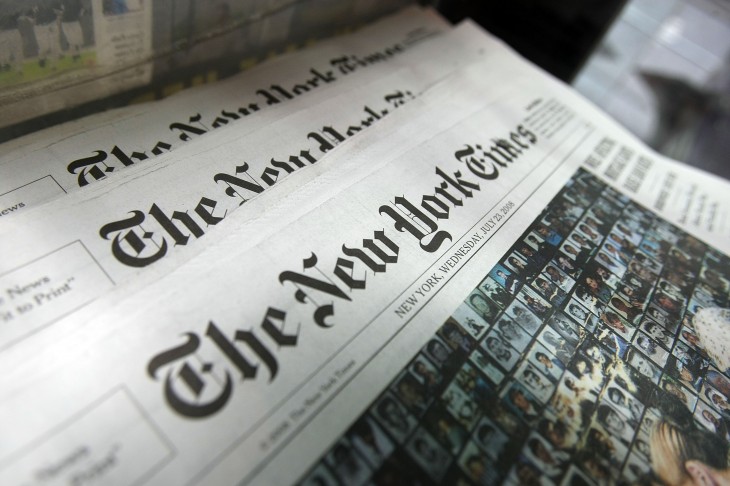ko004316@ohio.edu
To get readers or listeners attention, a journalist usually uses an image or video that would make people turn their heads twice. If the image or video is not for an attention grabber then it is usually placed there because of the correlation to the piece the journalist is working on. The problem with this is that not every image or video we see is wanted, needed or honestly sometimes even true. Journalists, media and the audience of these outlets all have different perceptions of this issue. When it comes down to the choice of posting a retouched, edited or touchy photo decisions that have to be mad can be difficult, very difficult.
Retouching
A problem that I feel people do not think much about is the use of retouching, photoshopping, editing and altering. But in reality this overlooked problem to some people is very extreme to others. The use of photo editing is at an all time high and the number of people against photo editing is too. A main problem people have explained about photo editing for them is the look or message it sends to the people who view it. An example of this is how much the youth and younger generation use media and the news to keep updated on what's in, what's trending and who's hot. Now when it's said like that it is hard to find the issue. Going more into detail, when people seek out that type of media or news they tend to put what they see in their mind, their daily routine, their goals and their norms. For instance, a lot of women read feminine magazines to uplift themselves and relate to the women who they see on paper, which is usually a celebrity. If that celebrity's color, body shape or skin gets altered from what it is normally then the women reading that article now have a misinterpretation of that celebrity, and a new view of them is given. That then misinterpretation could effect their self-esteem, goals, routines and so on. If the image was never manipulated wouldn't the women have a different take away? You may be reading this saying "wow, what a stretch" but think again about the media you relate to and tell me doesn't it impact your life and wants in some way.
 |
| A huge controversial retouch by Elle of actress, Gabrielle Sidibe, left a lot of women lost and confused of the Gabrielle they looked up or related to compared to the one who they seen on the cover of Elle. https://abcnews.go.com |
Too Much For The Eyes Of The Public
Just like the manipulation of an image becoming controversial, so can the truth of an image be controversial too. The statement is contradicting but it is also very much true. An image can be too much for the eyes of the public or certain people in the public even though it could be original, real and informative. So the real question is what are the limits and when do you know an image or video is too much, that you have went too far. The answer is that there is honestly not one. When coming out with a public story or post that any person can see it is hard to know who is actually watching and viewing it. Since you do not know who is seeing it, you do not know who you are appealing to know what you should and should not post. So how can you be safe? How can you make sure you aren't offending or distressing readers. Again, there are no right answers to these questions. But the best thing as a journalist including touchy images or videos is to make sure you are directing and pleasing your target audience. Remember that you cannot please everyone but you have the power to show the public what you want, and what you want to be included in your post or story. So the underlying question is what is too much for you and what is not enough?
What To Do
The choice and direction of what to post and what not to post ends in the hands of a journalist to make. The process of wondering what needs to be seen and what doesn't can be difficult but you have to go with what you feel is right from you to the public. Something I always take into account is a statement I seen last year. "Whether or not a news organization is right to use graphs material is a matter of opinion." At the end of the day as long as you as a journalist had the intentions of sharing news you think should be seen, then you made the right decision.














